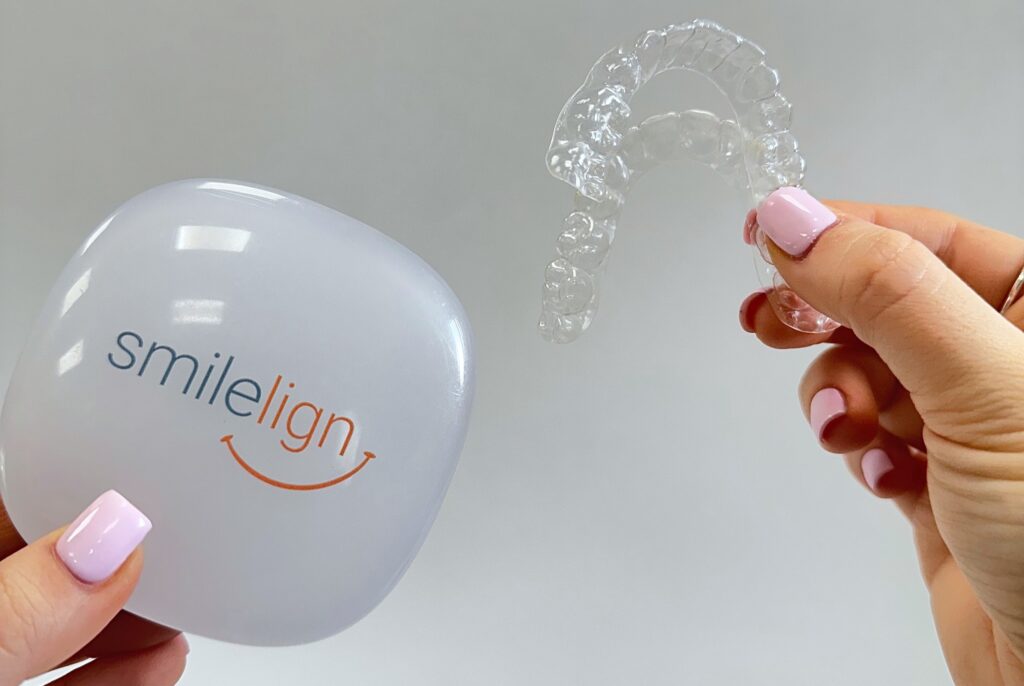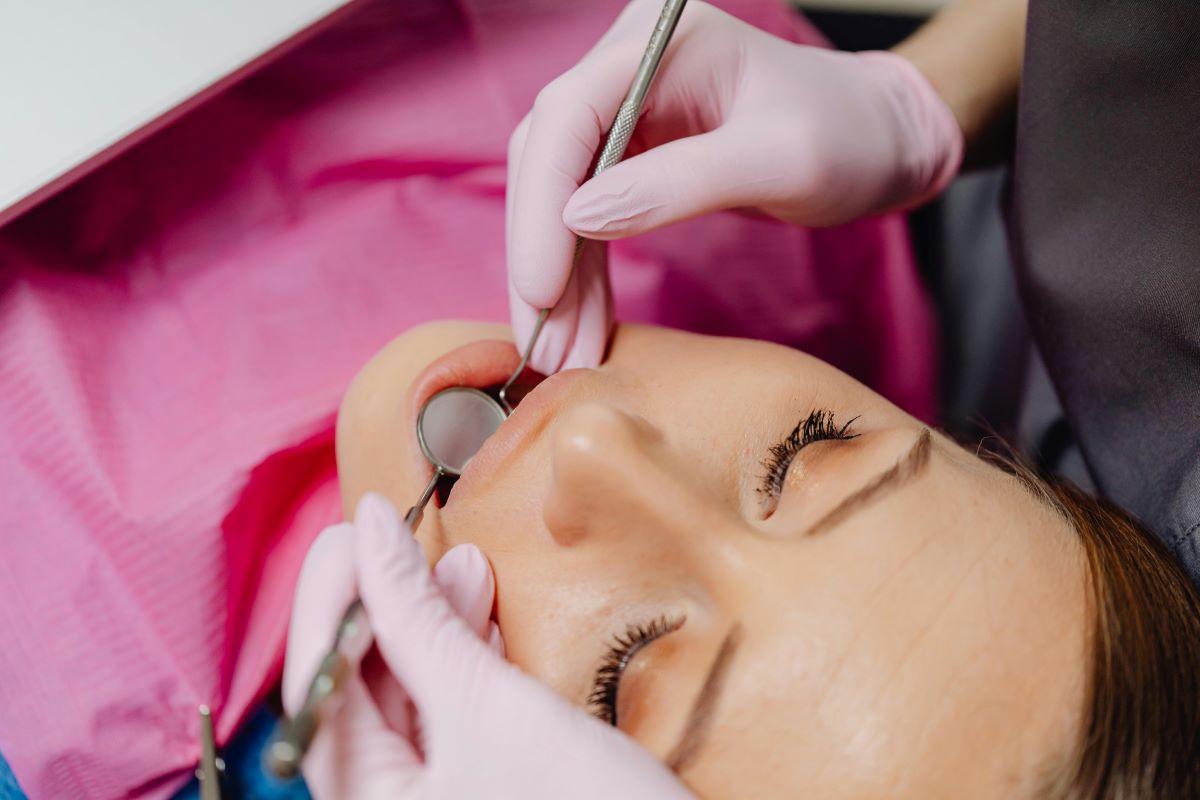From the way your teeth function to how they look, even small dental issues can impact your confidence and overall oral health.
Whether it’s staining that makes you hesitant to show your teeth in photos, or minor misalignment that makes cleaning difficult, everyday dental concerns can gradually take their toll.
The good news? Most of these issues are highly treatable, especially when spotted early.
With the right combination of professional dental support and a few consistent habits at home, you can protect the long-term health of your teeth while also improving how they feel and look.
Here are five of the most common dental problems – and what your dentist may recommend to help fix them.
1) Crowding and overlapping teeth
When there isn’t enough room in the mouth for all the teeth to sit in line, crowding occurs. This can make brushing and flossing more difficult and increase the risk of gum problems and decay.
Smilelign aligners provide a discreet and clinically backed solution, moving teeth gradually into a straighter position.

2) Chipped or worn teeth
Teeth can chip for all sorts of reasons – from accidental trauma to daily habits like nail biting. But in many cases, worn or chipped edges may be a sign of bruxism (teeth grinding), particularly during sleep.
Over time, this can lead to flattened or damaged tooth surfaces, jaw discomfort, or sensitivity.
Treatment depends on the cause and severity.
If bruxism is to blame, you can help this issue with the SCi appliance, which is a small mouthpiece designed to reduce clenching forces and protect the teeth overnight.
If misalignment or bite pressure is contributing to wear, Smilelign clear aligners can be used to adjust the positioning of the teeth – helping to distribute force more evenly and prevent further damage.
3) Gaps between teeth (halitosis)
Persistent bad breath is often linked to poor oral hygiene or bacteria trapped between teeth, but it can also signal underlying problems like gum disease.
Daily brushing, flossing, and tongue cleaning are essential. Regular dental check-ups and hygienist appointments also help to manage plaque and monitor gum health.
Staying hydrated and reducing sugary snacks between meals can make a big difference too.
4) Yellow or discoloured teeth
Surface stains from coffee, tea, or red wine can gradually dull the colour of your teeth, and deeper discolouration may be caused by ageing or certain medications.
To help manage and reduce discolouration, your dentist might recommend:
- Brushing regularly with a fluoride toothpaste and using a non-staining mouthwash
- Cutting down on highly pigmented food and drinks such as coffee, red wine, and curries
- Booking regular professional cleanings to remove surface stains and plaque
- Professional whitening treatment, like Vitalisse
For patients looking to refresh the appearance of their teeth, professional whitening is the most reliable option.
Vitalisse Whitening is a professional whitening system available through your dentist. It includes bespoke ultra-seal trays, a pH-balanced whitening gel, and a full care kit to support sensitive teeth.
Designed and produced by the same award-winning dental laboratory behind Smilelign, it offers noticeable results in just a few weeks – all with the reassurance of clinical guidance.

5) Receding gums
Gum recession happens when the gum tissue begins to pull away from the teeth, exposing more of the tooth surface – or even the root. It can make teeth look longer, feel more sensitive, and increase the risk of decay or gum problems.
Common causes include overbrushing, gum disease, or misalignment that puts extra pressure on certain teeth.
Treatment starts with identifying the root cause. Your dentist may suggest gentler brushing techniques, more frequent hygiene appointments, or treatment for gum disease if inflammation is present.
Don’t wait for problems to worsen
While dental problems can feel frustrating or even overwhelming at times, these common issues are generally manageable with the right support.
Your dentist is there to help you identify the underlying cause and recommend a treatment plan tailored to your needs – whether that means improving alignment, protecting against grinding, refreshing discolouration, or simply keeping your oral hygiene on track.




